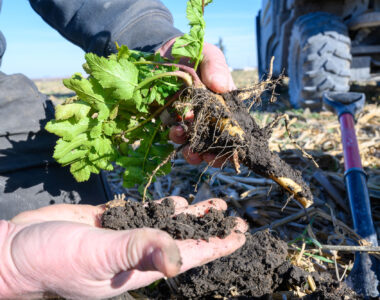
Introduction
Recent policy changes have put US ag trade tariffs at the center of global market shifts. From beef to grains and oilseeds, tariffs and new trade agreements are redistributing how and where agricultural products move. These changes are creating both challenges and opportunities for American farmers and global buyers.
Beef Trade Under Pressure
New tariffs on Brazilian beef are shifting the global supply chain. The United States is scaling back imports, while countries like Mexico and Australia are filling the gap. Brazil, in turn, is expanding exports into alternative markets. Analysts also warn that some countries could act as intermediaries, re-exporting Brazilian beef into the U.S. despite the new restrictions.
Grains and Oilseeds Gain Ground
While beef imports face hurdles, grain and oilseed exports are finding new opportunities. Fresh trade agreements between the U.S. and Southeast Asian nations are opening markets to American crops. These deals allow U.S. producers to compete more directly with exports from Australia, Canada, and Russia.
Economic Impact
Experts estimate that the current structure of US ag trade tariffs could reduce global agricultural trade volumes by as much as 4.7 percent. A slowdown of that scale would ripple across supply chains, lowering demand for shipping, storage, and processing while cutting into farmer income.
Retaliatory tariffs from trading partners could further deepen the impact. Projections suggest U.S. GDP could fall by more than 1 percent if other nations respond in kind. That type of decline would not only hurt producers but also strain rural economies that depend heavily on farm exports.
The uncertainty surrounding trade policies is already visible on the ground. Farmers are rethinking planting decisions, weighing which crops might carry less export risk. Buyers, including processors and international importers, are shifting purchasing strategies to hedge against potential cost increases or supply disruptions. For many in agriculture, the most difficult challenge is not only the tariffs themselves but the unpredictability of when policies might change.
What It Means for Farmers
- Market Shifts: Farmers must adapt to changing buyer patterns caused by tariffs.
- Opportunities Abroad: New agreements create potential growth in Southeast Asia.
- Risks Remain: Retaliation from trade partners could offset gains and depress demand.
Conclusion
The debate over US ag trade tariffs shows no sign of slowing down. For farmers and agribusinesses, the path forward requires flexibility, market awareness, and careful navigation of trade rules. What happens next will shape not only U.S. agriculture but also the broader global food system.



